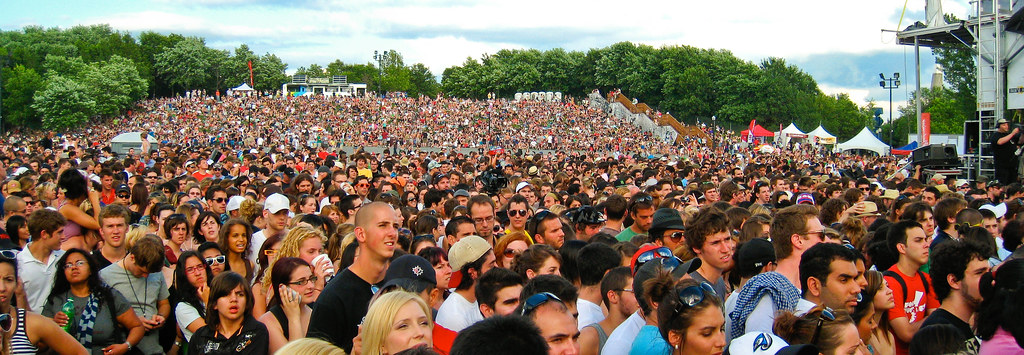Last week was yet another test of geospatial and GIS technology in the face of a natural disaster. At the very height of election season, mother nature re-affirmed her role as a king-maker and undoubtedly influenced the incumbent president's chances.
Superstorm Sandy's impact might indeed live up to the hype that preceded it. But the challenges for emergency management officials remain the same: identifying the priorities, and moving the right assets and resources into the right place at the right time. This storm is no different, the response has already drawn criticism from many sides, including FEMA's supplemental power generation.
Geospatial technoligies have seen a proliferation of 'open' and interconnected components in the last few years. REST APIs and OGC standards help, but it is still much easier to connect systems, than it is to connect people. The challenge remains - getting the right people the right information at the right time. With every new GIS portal launched, the promise of a Common Operating Picture fades from view. When questions of "which portal do I use?" reverberate across the list-serves, sharing shapefiles via E-mail help soothe the pain of COP-creep.
Encouragingly though, it is now easier to connect people with the technology. While silos and fiefdoms may not like talking to each other, the crowd will now push them to action. Even FEMA has praised the collaborative efforts of groups like Humanitarian Open Street Map and their application to validate damage assessment photos from the Civil Air Patrol. The abundance of crowd-sourced data and applications helps to augment (and QC) the 'authoritative' versions. Evidence of this also includes two road-closure sites maintained side-by-side in Fairfax Co. Virginia.
All maps lie - they hide truths and obscure facts. By
their very nature, they must present a viewpoint that is myopic -
limited by the variables and symbology chosen by their creator. The
challenge for those in the profession is to discern the burning
questions that decision makers face, and tell a story that best
illustrates a path forward. We have plenty of techno-talent, geo-lingo-jargon-experts and princely fiefdoms. It's encouraging to see democratic systems that help feed swift solutions to bridge the gap of what-do-we-know and
what-do-we-do.
Tuesday, November 6, 2012
Redefining 'open' in the face of crisis response
Labels:
crisis,
crowdsourcing,
emergency response,
FEMA,
geospatial,
GIS,
maps,
open,
OSM
Subscribe to:
Post Comments (Atom)




No comments:
Post a Comment